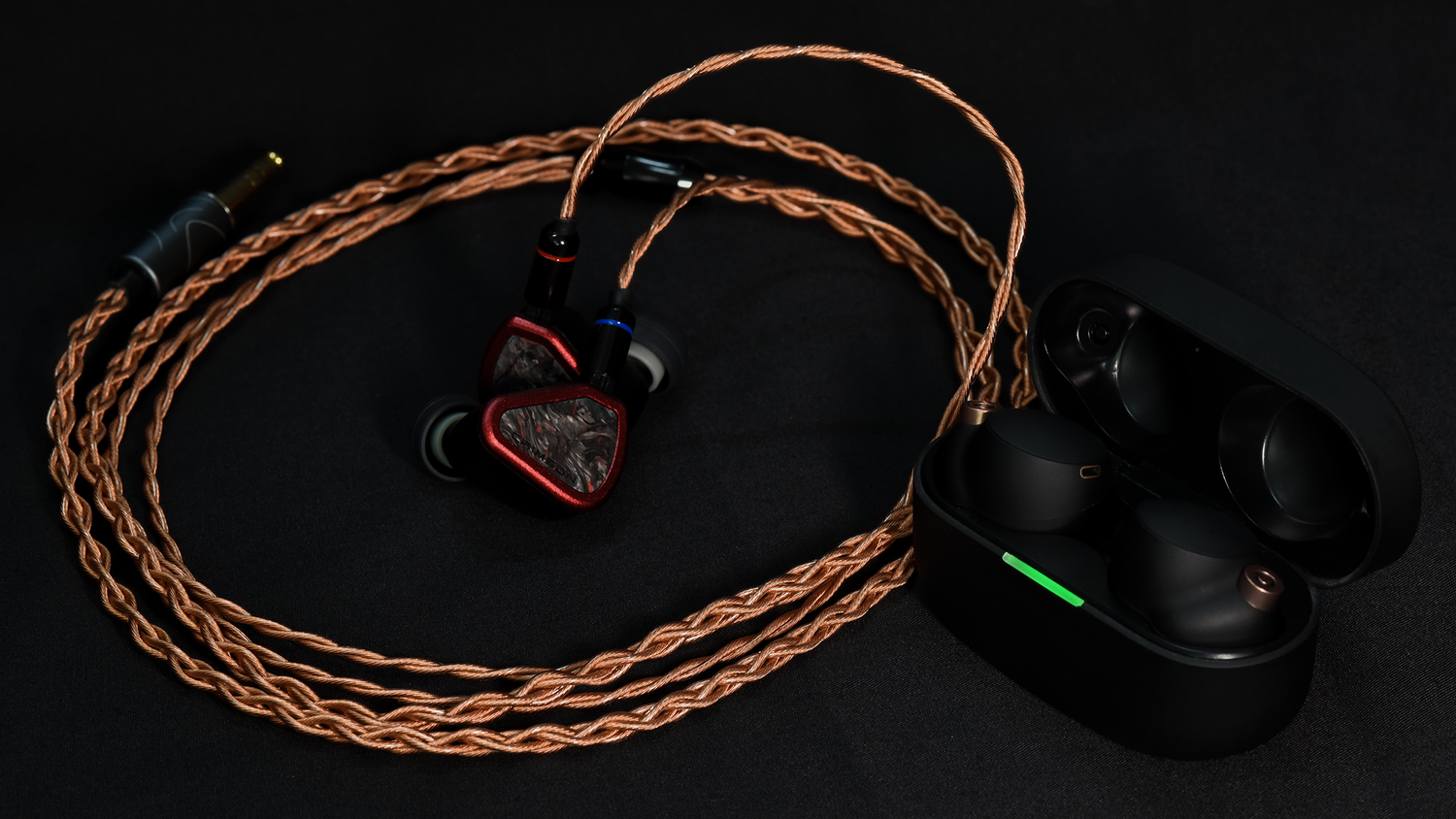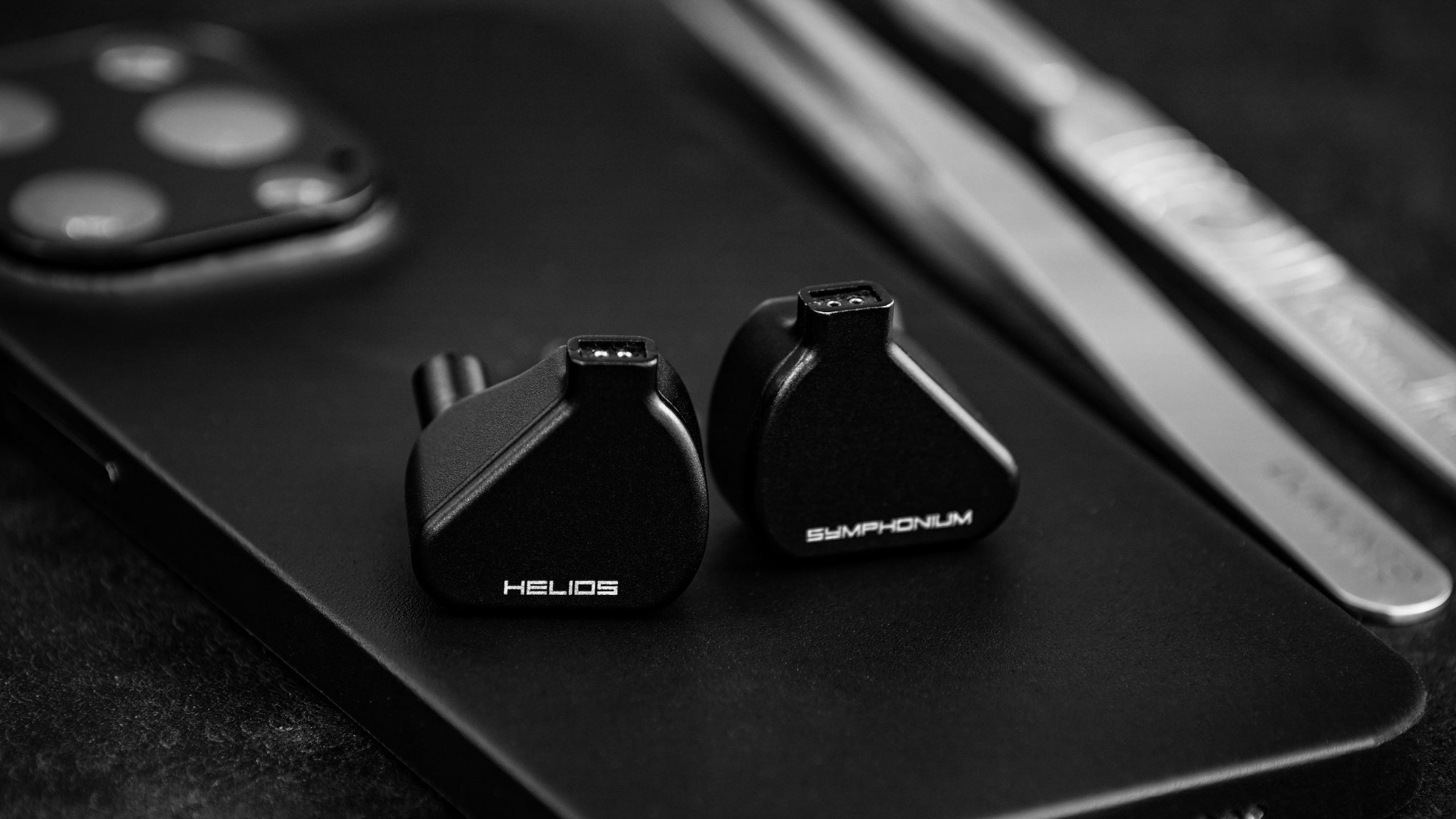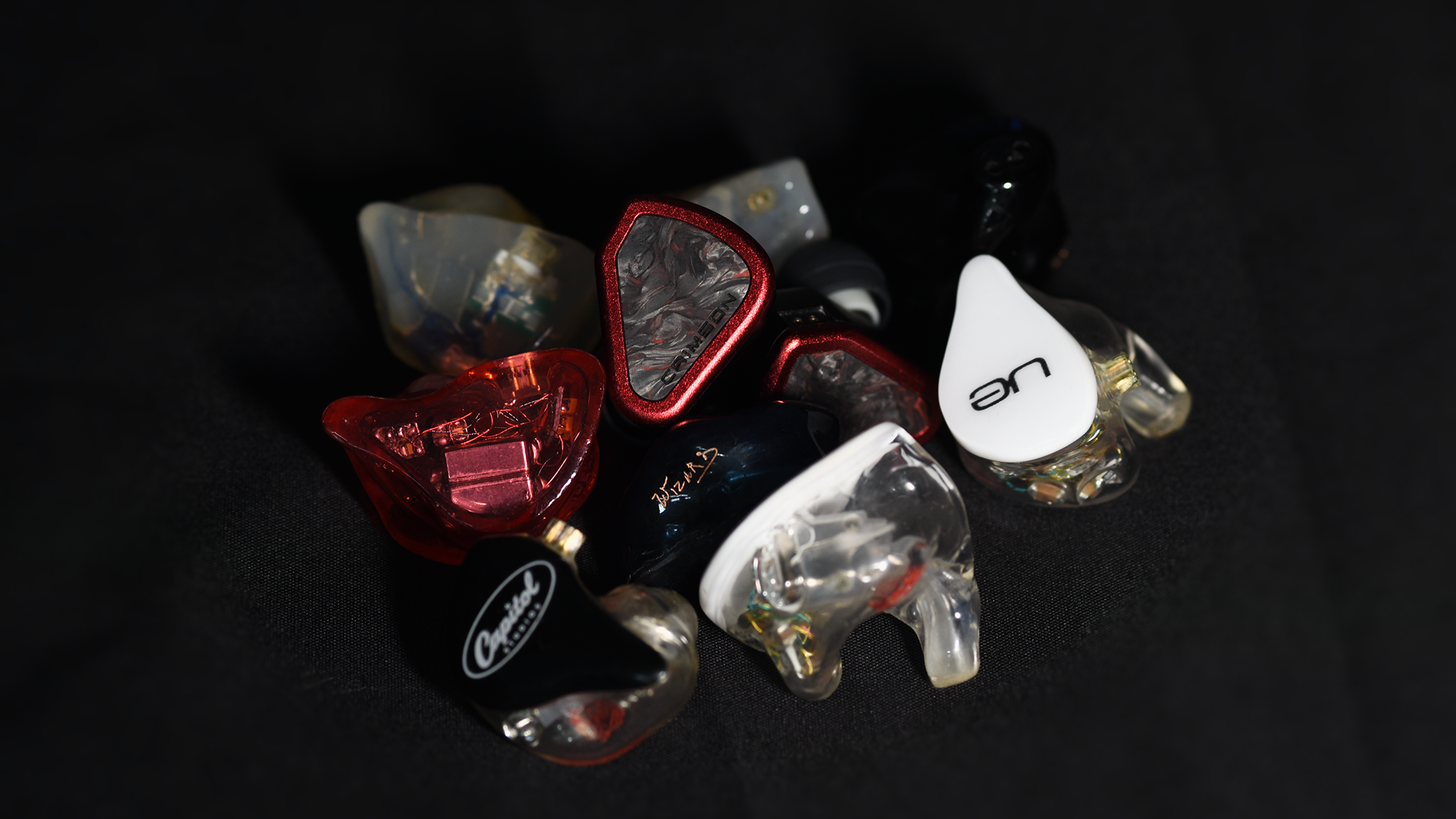Preface: This is the second part of an educational series designed to empower our customers with a deeper understanding of In-Ear Monitors (IEMs) and their benefits in both personal and professional contexts. Throughout this series, we'll explore various aspects of IEM design and delve into the intricacies of both critical and casual listening. The articles will progressively delve into more technical aspects over time.
Read our previous blog here
Wired vs Wireless - Our Thoughts on Earbuds
In this week’s journal we’ll be comparing TWS earbuds against IEMs. True Wireless Stereo (TWS) utilizes Bluetooth signals for sound transmission instead of wires or cables. In TWS earbuds, both the left and right sides are independent, eliminating the need for a physical connection between them.
The debut of the Apple AirPods in 2016 sparked a surge in the popularity of TWS solutions within the audio market. Today, there are numerous TWS products on the market from brands like Sony, JBL, Bose, Xiaomi etc. There are a few points to consider when comparing these TWS earbuds against IEMs. The following are our thoughts on the matter.
On Convenience:
By eliminating the need for cables, earbuds can make listening to music more seamless and free. This opens up more options for use cases where cables tend to get tangled up or in the way of your activities. A good example of this would be using TWS earbuds while exercising in the gym, taking calls, or going for a jog. Where a use case calls for flexibility and convenience, Earbuds are undoubtedly better in this regard compared to wired IEMs.
On Sound Quality:
It’s no secret that battery life is a top priority in TWS earbud designs as it has multiple knock-on effects on the overall product. Less power consumption leads to the option of smaller batteries and lighter designs; or longer-lasting batteries, resulting in fewer charge cycles and an extended product lifespan.
Sound quality is thus usually limited by power design limitations in TWS solutions. Product designers are forced to choose efficient designs over potentially better sounding ones in a bid to keep power consumption low and battery life long. This means a strict limitation on the type of drivers TWS solutions are able to use as well as a limitation on the complexity of circuits. The prioritization of other functional aspects of the device can also mean that sound quality takes a back seat in the face of things like call quality or active noise cancellation.
On Longevity:
A huge disadvantage that isn’t talked enough about with TWS earbuds is their over-reliance on batteries. Since each part of a TWS system has to contain a battery, this usually means 3 batteries or more as points of failure, on top of the multitude of components interconnected with each other.
This reliance means that earbuds are inherently limited by their battery designs and battery longevity. This is exacerbated by the fact that these batteries are not user-replaceable, and unauthorized repair would compromise other things like their waterproofness. It is thus not common to hear battery complaints with TWS earphones.
In short, most TWS Earbuds are a product of convenience; designed to have planned obsolescence where a user would find themselves replacing their unit every other year, or whenever they face battery issues.
Hybrid Solutions:
A hybrid wired earphone + wireless solution provides a unique proposition, potentially offering a compromise between a TWS system and a wired earphone solution. Common wireless solutions in this category include iFi Go Blu, iFi Go Pod, Fiio’s BTR 7 or BTR 15, Qudelix 5k or T71, ES100 Mk2 etc…
While these solutions are still battery-based, they are no longer rendered obsolete if the user encounters battery issues. Bluetooth AMP/DACs are readily available and easily replaceable. In the case where the wireless solution fails, the wired earphone can still function in a wired setup. Users also have the option to customize their listening experience by choosing and mixing various wired earphones with different wireless solutions, at the cost of price. Overall, there are also less compromises in design and this method should offer better sound quality than TWS solutions and comparable sound quality to traditional wired earphones.
Conclusion:
In summary, the advent of TWS audio has been a blessing for those looking to enjoy music on the go and in situations where having a wire would just get in the way.
There are however compromises to be had with TWS solutions; mainly the fact that they are highly reliant on batteries and have different design priorities where audio quality may take a backseat to other features.
For music enthusiasts seeking optimal sound quality, we strongly recommend considering wired options. IEMs are primarily designed with sound quality as the foremost consideration, followed by a hybrid solution in use cases where some convenience is desired without significant sacrifice in sound in order to maximize your listening experience.
Symphonium Audio exclusively offers wired IEMs as our primary product as it provides the greatest sound quality. However, we do encourage our customers to explore hybrid solutions such as Bluetooth AMP/DACs with our IEMs, when necessary for specific use cases.




Leave a comment
All comments are moderated before being published.
This site is protected by hCaptcha and the hCaptcha Privacy Policy and Terms of Service apply.